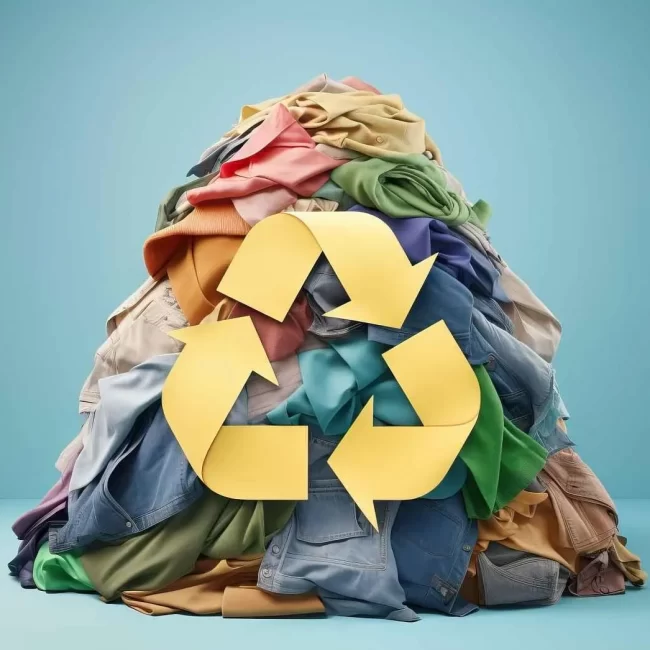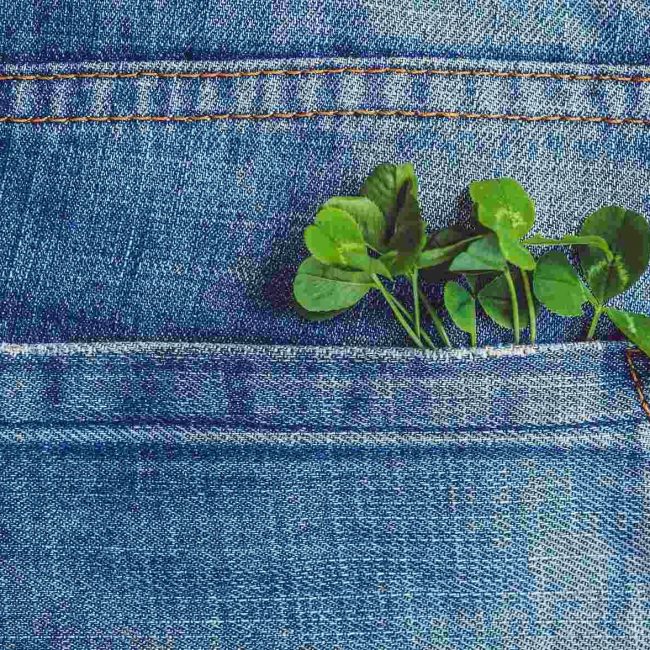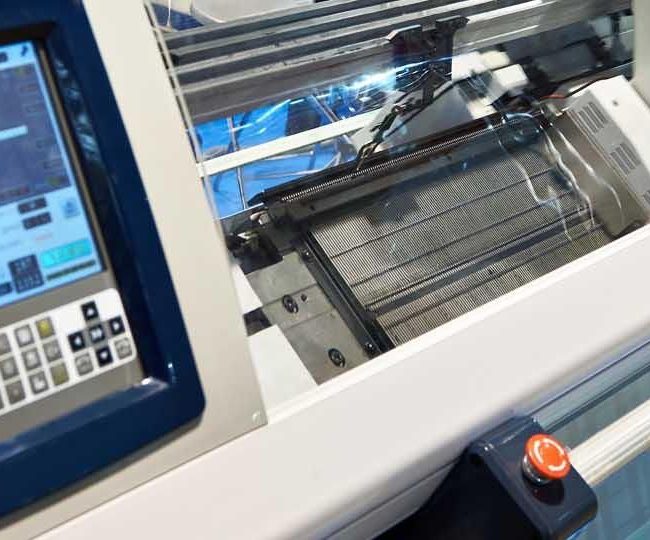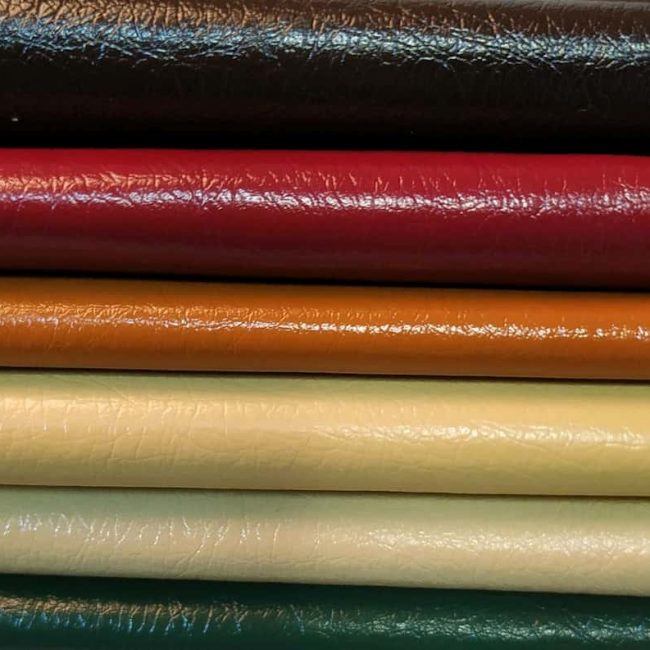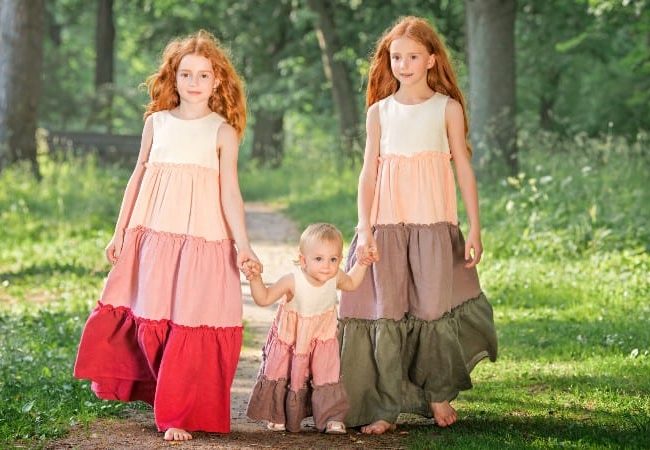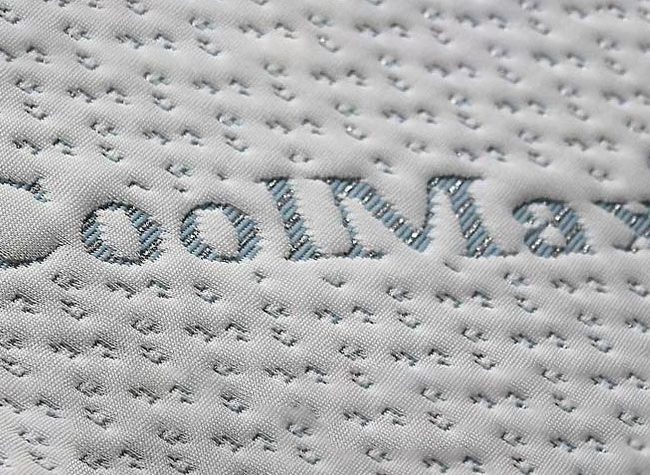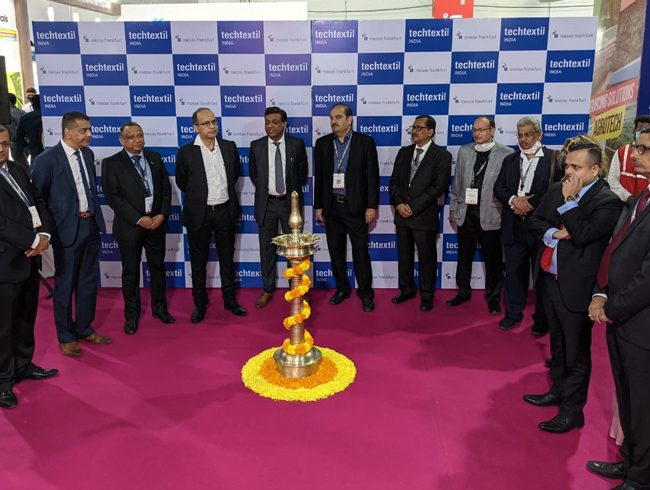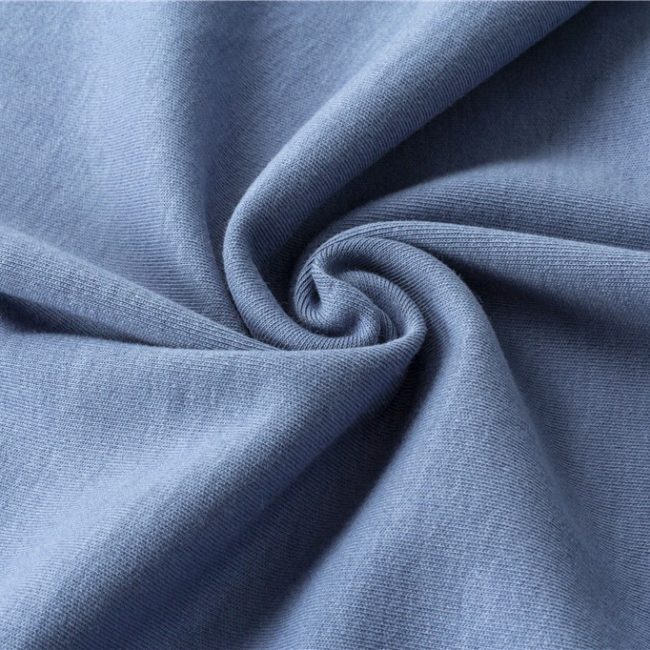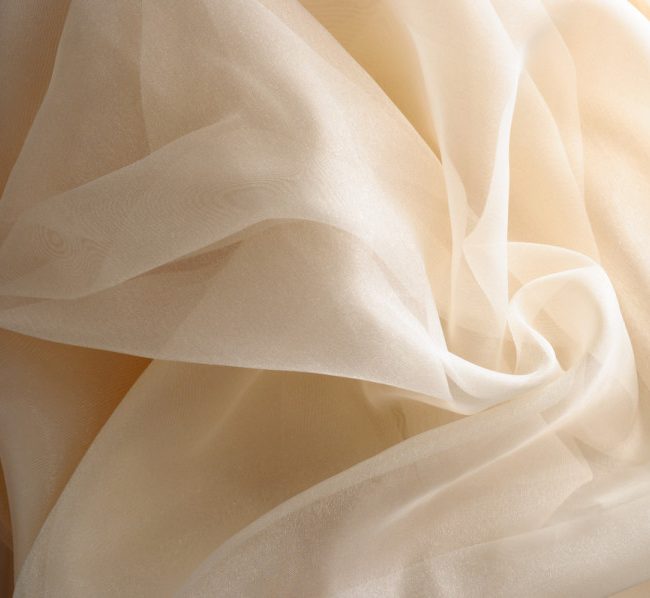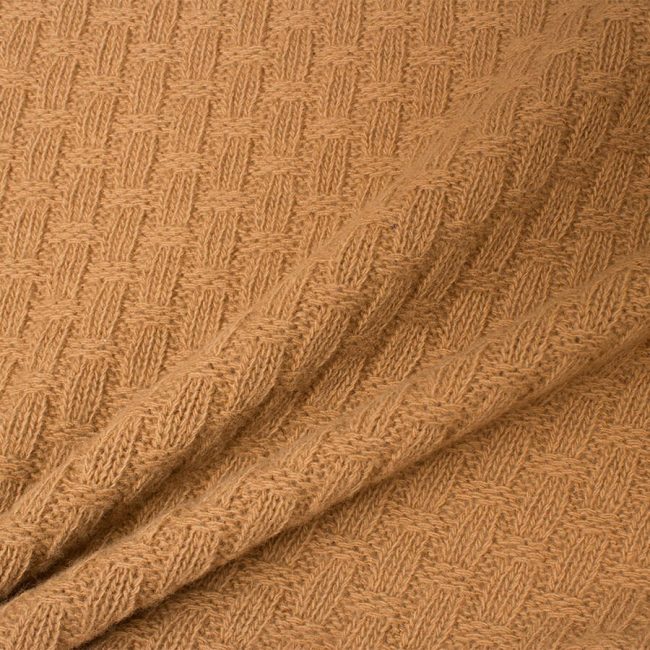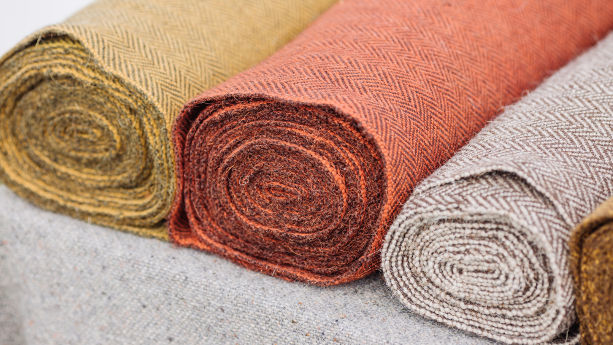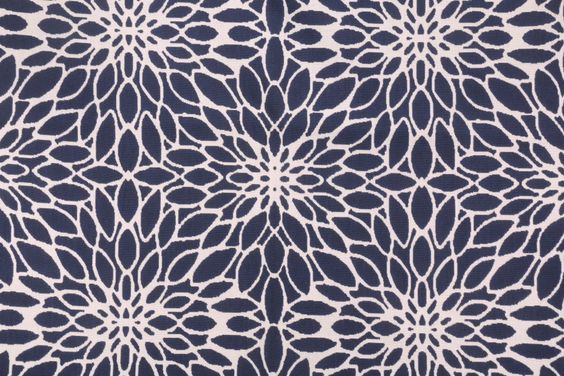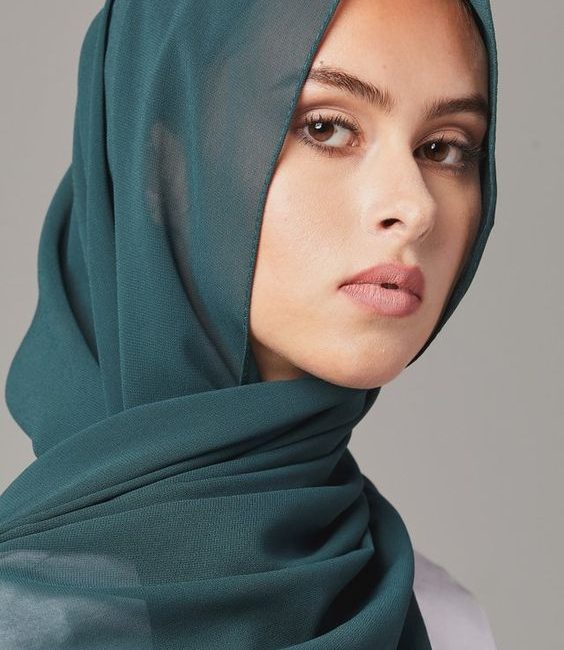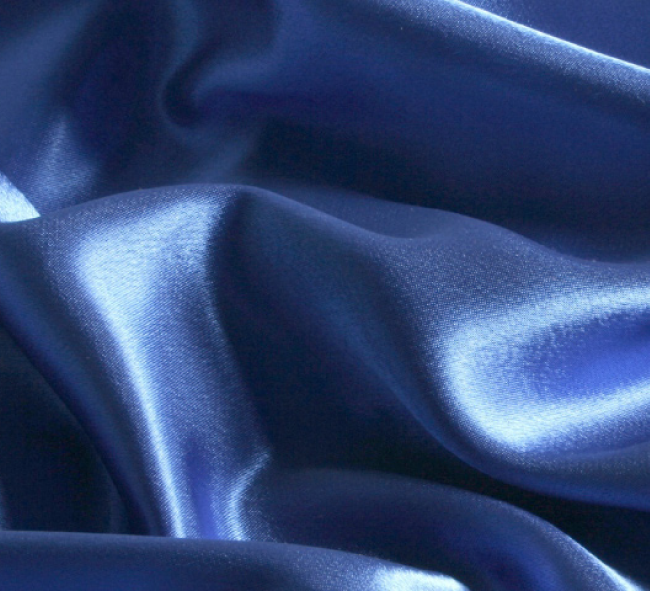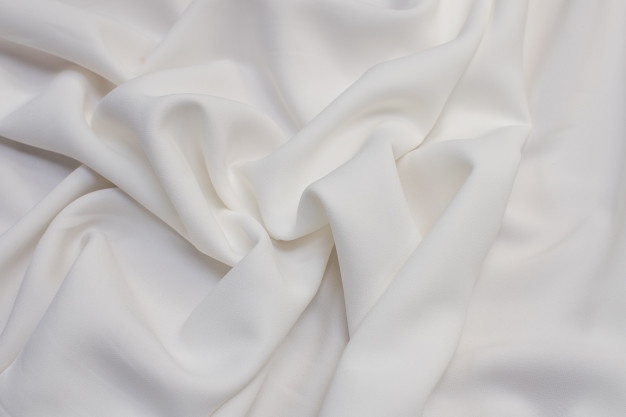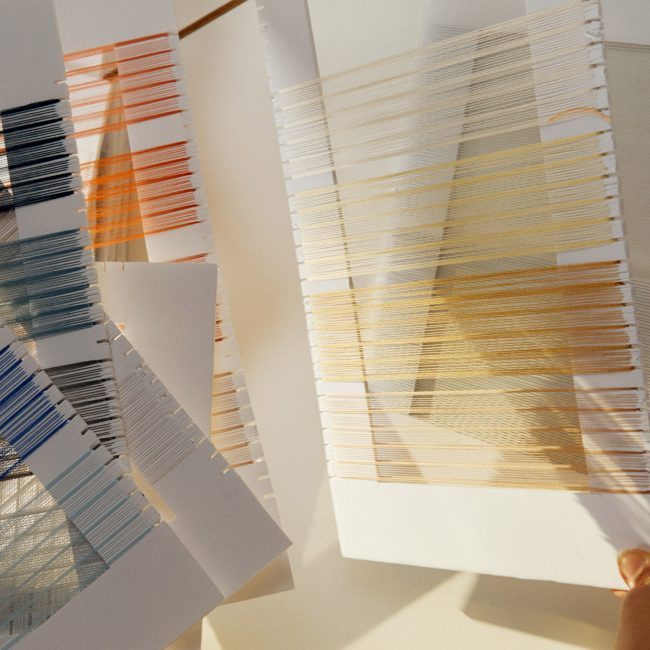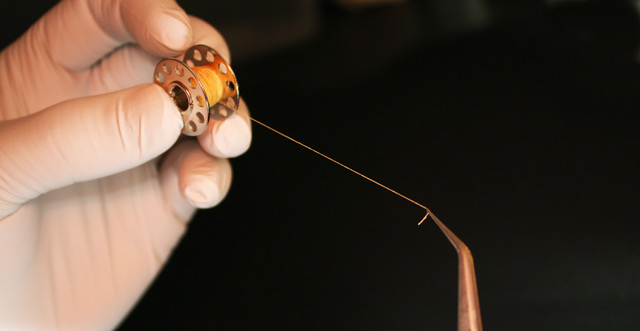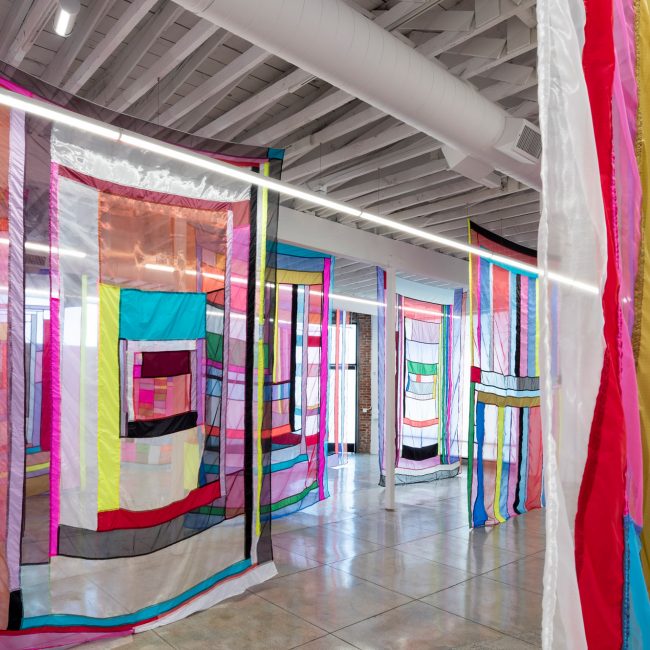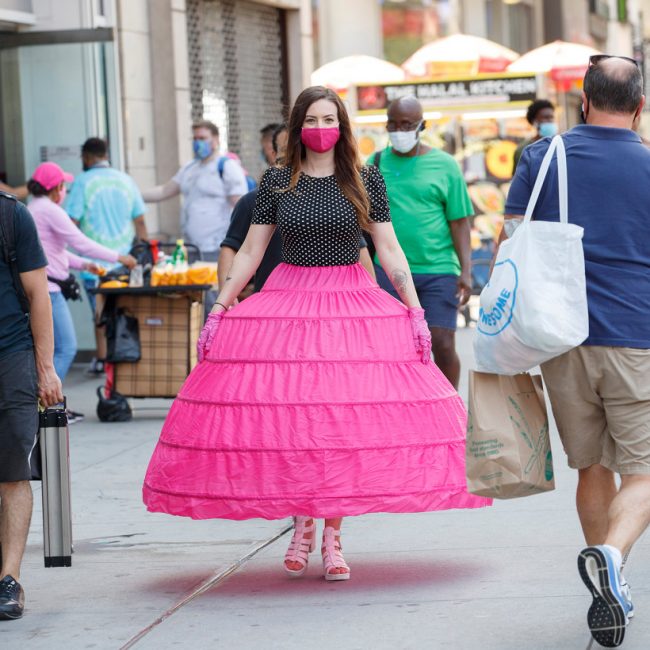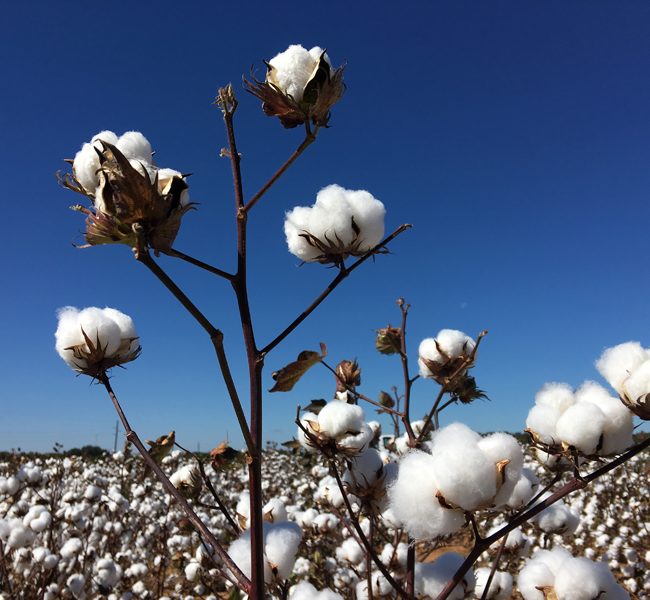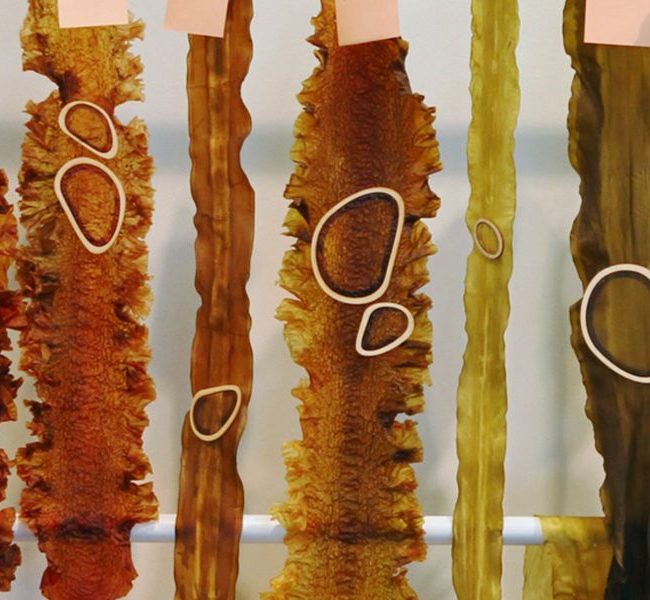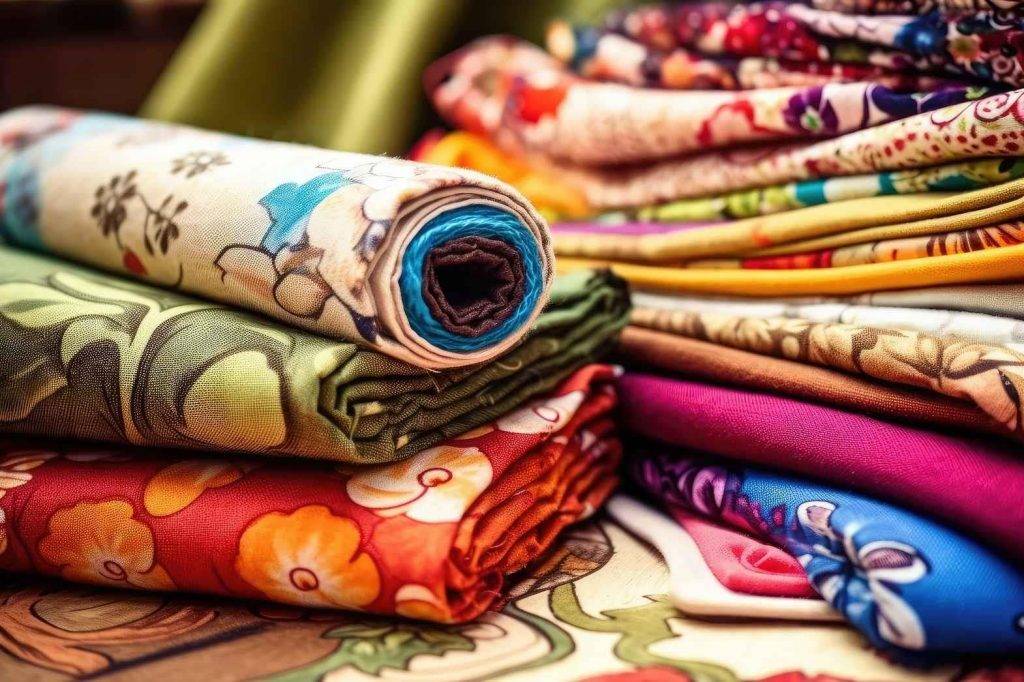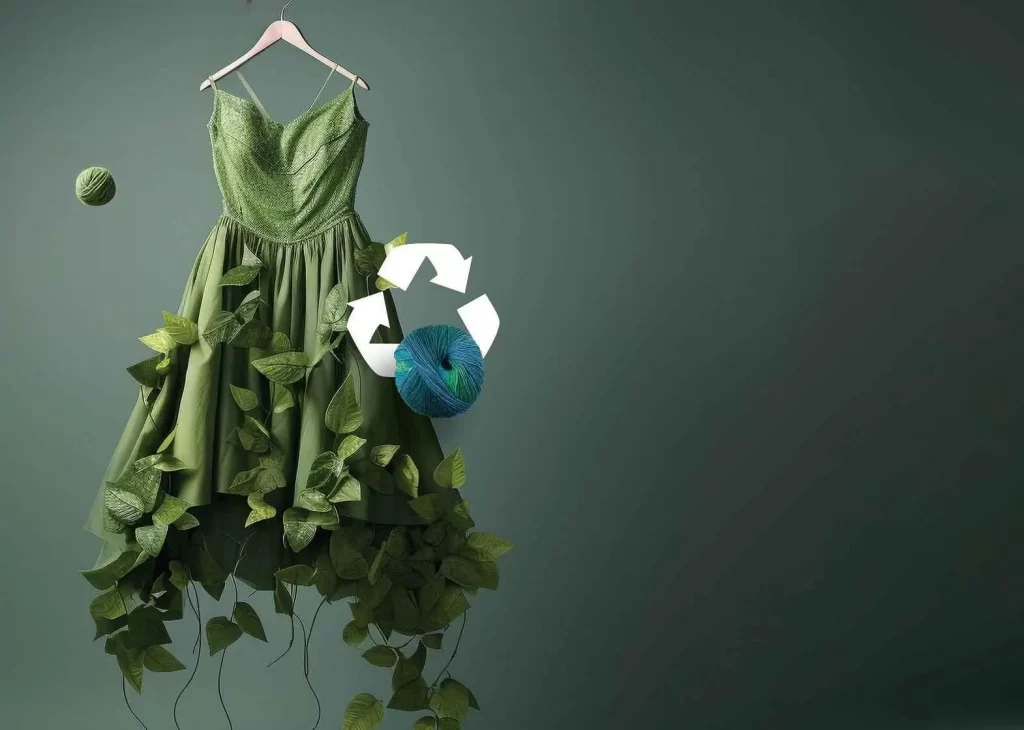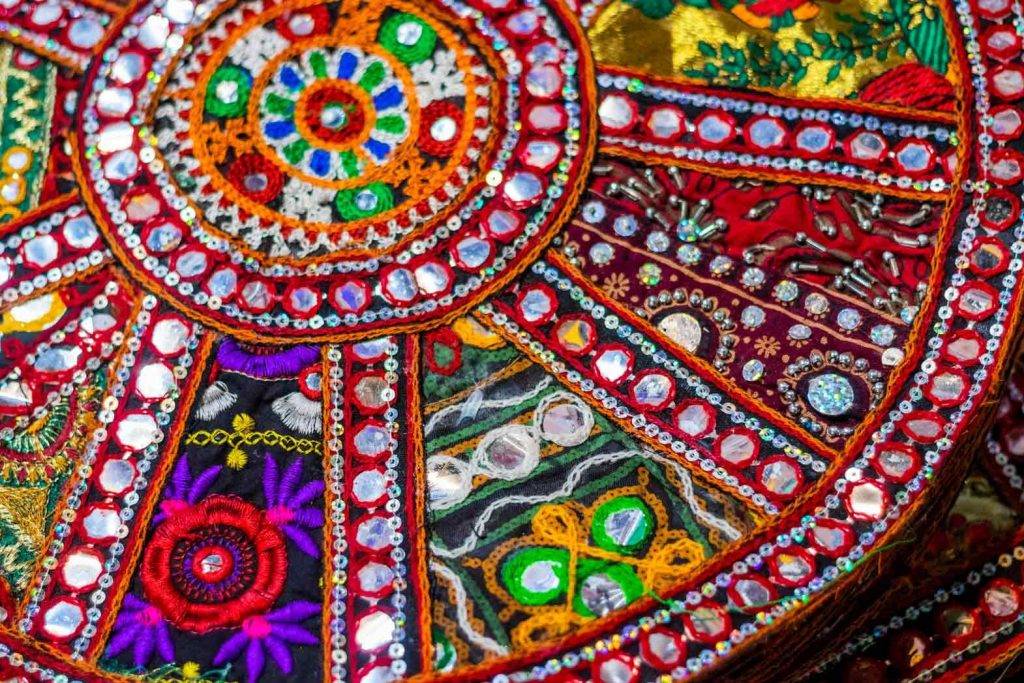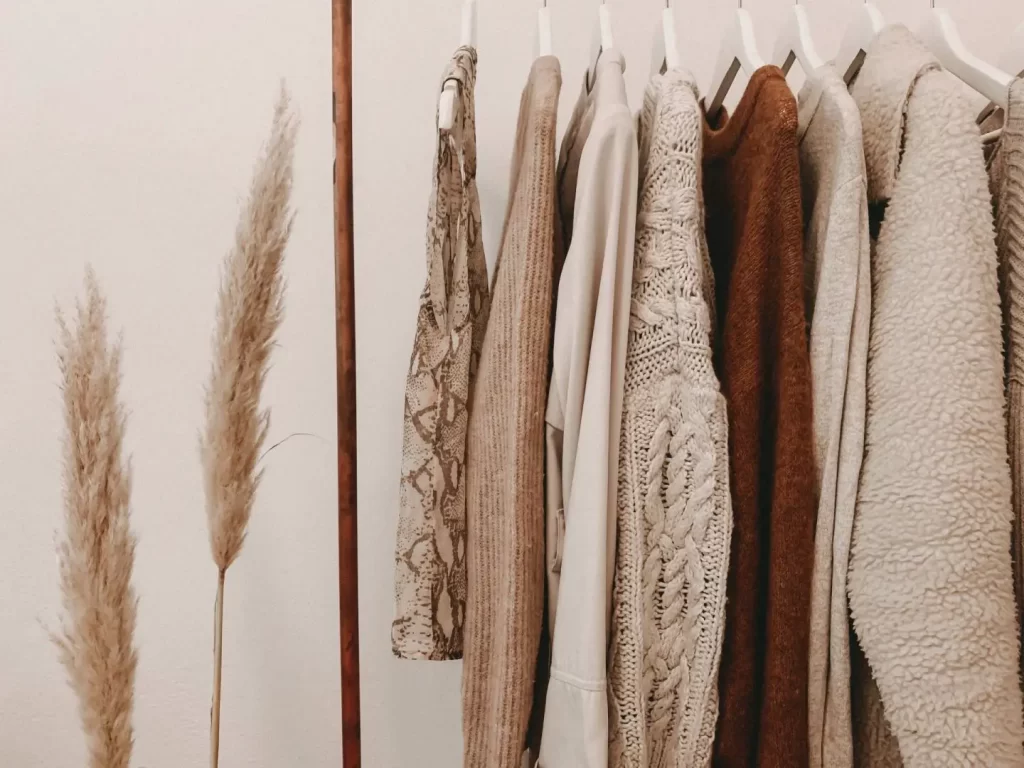100% organic cotton fabric sofa
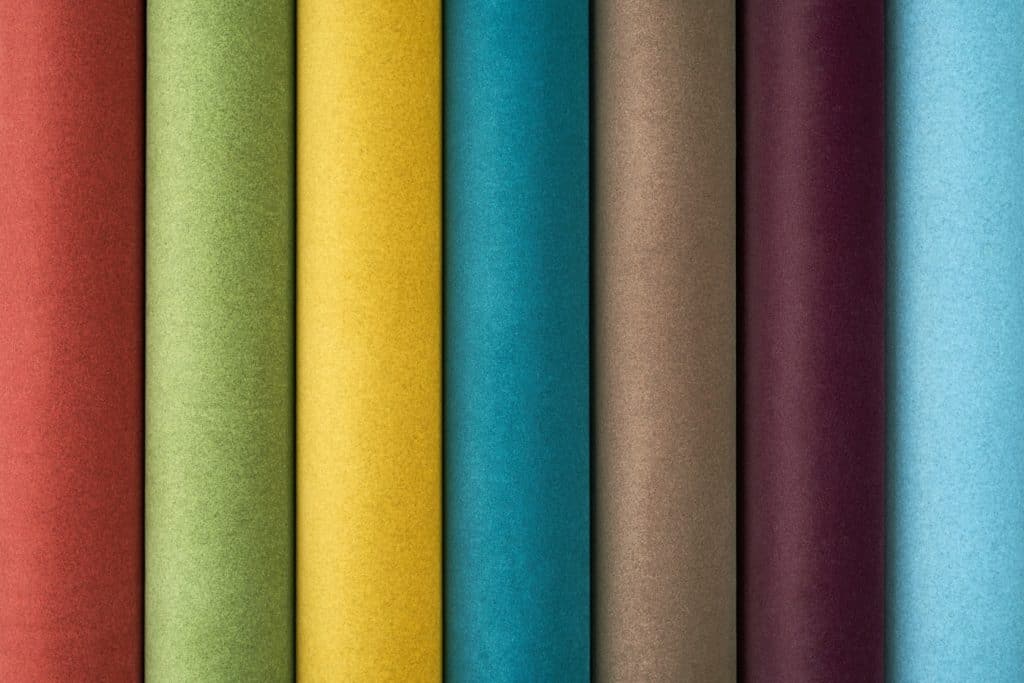
Cotton that has been grown without the use of any fertilizers, pesticides, or other chemicals is known as 100 organic kinds of cotton that is always for sale and can be used for clothing and upholstery like a sofa fabric. This type of cotton can only be spun from natural cotton seeds. In sustainable agriculture, pests are actually managed with the help of other insects that prey on and kill the problem insects. When growing organic cotton, the seeds are not ever genetically modified in any way. The use of genetically engineered seeds to make cotton more resistant to infestation by pests is common practice in conventional cotton production. As a result of the lack of insecticides and herbicides, the ground is in much better condition, and as a result, the cultivation of cotton requires far less water. Because of this, organic cotton has a smaller influence on the surrounding ecosystem. In addition to this, it ensures that rivers, lakes, and any other source of drinking water are free of poisonous elements.
-
-
In conclusion, the growth of organic cotton is a practice that is considerably kinder to the environment than conventional cotton farming. Cotton is a wonderful material for a sofa because of its soft feel, which is one of the finest qualities of cotton and one of the main reasons why it can be ideal for the material. There is no rigidity to it, and despite the absence of fur, it provides comfort and a downy texture; yet, it does not have any feathers. This particular substance has an extremely low weight in comparison to the weight of other types of materials. Cotton linen has been aggressively sold to a number of enterprises, although the fashion and home industries have experienced the most success with this technique. Cotton has also been promoted as an environmentally friendly material. Cotton is not only the type of fabric that is believed to be the most popular in terms of usage, but it is also the type of fabric that is the most common in terms of trade volume.
100% cotton fabric
100 % cotton! Pure Cotton! Quality Befitting an Item to Be Passed Down! Handmade! Blended! – Feeling confused about which one pertains to what and which fabric you should choose for yourself and your children? You are not alone. Even for someone with greater general knowledge than the typical person, it is challenging to grasp what is being said. As a student who is specializing in garments, I hope that via the use of this blog, I will be able to clarify some of the popular assumptions. It is not always the case that an item of apparel that has the label “Pure Cotton” means that the item is built entirely of cotton. Instead, it shows that the total amount of cotton and linen fabric that was used to manufacture the cloth was pure and untouched by any other substances. It is likely that other materials, in addition to cotton at a ratio of one hundred to one, were used in the manufacturing of that article of apparel.
When referring to anything like this, the word “made from mixed cloth” is the one that makes the most sense to use. The designation “100 percent cotton” on a piece of cloth denotes that it is made entirely of cotton and does not include any other types of fibers; as a result, it is more long-lasting, flexible, and comfortable than other types of textiles. Cotton is extracted from the plant in the form of fibers. On the one hand, it is able to survive being placed through a number of hot washes without breaking down, while on the other hand, it can be broken down by biological processes. It is less likely for someone to break out in rashes if they are wearing clothing that is made entirely of cotton since cotton is permeable and allows the skin to breathe freely. It is possible to achieve this goal by preventing moisture from building up in the space between the surface of the skin and the substance.
organic cotton fabric
The usage of organic cotton is highly recommended for people who have sensitive skin, and those who have atopic skin can even benefit from using it. It is a hypoallergenic fabric that also has an extremely smooth and velvety texture to it. Cotton is porous, so it lets air move through it. It achieves this result by simultaneously pulling moisture away from the skin and releasing heat from the body. Because of this, the material is frequently used in the manufacturing of a wide variety of different types of clothing and footwear. It is not like synthetic fibers in that it does not result in the buildup of static electricity when it is touched. This product has a number of advantages, one of which is the ease with which it may be maintained. The majority of the time, clothing manufactured from organic and cheap cotton does not need to be ironed and can be easily cleaned in the washing machine. The fact that organic cotton is better for the environment than conventional cotton since it requires less water for agricultural production means that it is more environmentally friendly. Because only organic fibers and colors are used in the production of organic cotton, it does not include any potentially hazardous chemicals. You should be aware that the colors come from natural sources even though they are not artificial. It is crucial that we always check for the GOTS certificate on the fabric in order to ensure that we always have access to fabric that is 100 percent organic and devoid of any toxic chemicals. This will allow us to ensure that we always have access to fabric.

cotton fabric sofa
Let’s imagine your sofa that is made from cotton is so comfortable that a good number of your family members and even some of your relatives choose to remain seated. It is utilized on a daily basis, and a significant amount of time is spent seated on it. If this is the case, your sofa could need to be cleaned and cared for, despite the fact that it is primarily utilized for purely aesthetic and recreational purposes. Cotton, in contrast to all other types of fabric, may be woven into either a thin or thick texture, depending on how it is done. Only dry cleaning can properly care for some one-of-a-kind materials. On the other hand, cotton and nylon fabric materials are able to withstand both the washing machine and the dry cleaning process. Because cotton can withstand high temperatures in water for an extended period of time, some people even have it cooked before sterilizing it. In spite of this, cotton might experience some degree of shrinkage after being washed. Because of this, in order to obtain the desired level of durability and to make certain that it does not shrink quickly, it is occasionally combined with other types of fabric, most commonly linen.
 Cotton is processed and produced solely with renewable energy. Cotton, unlike polyester and animal goods, does not use petroleum in its production. It’s a common misconception that plants need a lot of water to flourish, but this isn’t true. Tropical and subtropical regions may both grow cotton tricot. Rain alone is enough to keep it alive, therefore it doesn’t need much water to flourish. When it comes to growing and making a piece of fabric, it doesn’t demand a lot of attention, nor does it require a lot of processing. It is ultimately up to the consumer to decide whether or not to purchase upholstery made of cotton or any other fabric. In order to choose a fabric for furniture that is environmentally friendly, there are a number of factors to keep in mind. That’s fine. Cotton may or may not suit you. You get to make your own choice based on your own preferences and the needs of your family.
Cotton is processed and produced solely with renewable energy. Cotton, unlike polyester and animal goods, does not use petroleum in its production. It’s a common misconception that plants need a lot of water to flourish, but this isn’t true. Tropical and subtropical regions may both grow cotton tricot. Rain alone is enough to keep it alive, therefore it doesn’t need much water to flourish. When it comes to growing and making a piece of fabric, it doesn’t demand a lot of attention, nor does it require a lot of processing. It is ultimately up to the consumer to decide whether or not to purchase upholstery made of cotton or any other fabric. In order to choose a fabric for furniture that is environmentally friendly, there are a number of factors to keep in mind. That’s fine. Cotton may or may not suit you. You get to make your own choice based on your own preferences and the needs of your family.
cotton fabric for sale
Cotton fabric is a natural substance that originates from the cotton plant. Cotton is a product of nature and in autumn it is ready for sale. In reality, the fluffy seed material of the plant is where the cotton fibers may be found. These fibers are spun into threads, and then those threads are used in the production of a fabric that is flexible and breathable. Even though pure cotton is cultivated on every continent on the planet in the modern era, the vast majority of cotton plantations are concentrated in areas where the climate is warmer. In order for cotton plants to thrive, they need a considerable bit of sunlight and to be kept in a warm atmosphere. Cotton is a natural substance that originates from the cotton plant. Cotton is a product of nature. In reality, the fluffy seed material of the plant is where the cotton fibers may be found. These fibers are spun into threads, and then those threads are used in the production of fabrics that are flexible and breathable. Even though cotton is cultivated on every continent on the planet in the modern era, the vast majority of cotton plantations are concentrated in areas where the climate is warmer. In order for cotton plants to thrive, they need a considerable bit of sunlight and to be kept in a warm atmosphere.

100% cotton fabric for sale
100 Cotton is a sort of natural fabric that is made by removing the seed coats from the cotton plant’s seeds in order to harvest them. Cotton is grown on cotton plants. It retains its suppleness even after being woven into a textile, whilst continuing to be hypoallergenic and breathable at the same time. It is also capable of biodegradation due to the natural properties that it possesses, which you can read about here. Cotton fibers, when intertwined with one another, can be spun into a thread that can be woven into fabric or used for stitching. Weaving a fabric out of cotton results in it being available for purchase in a number of different weights. Satin fabric and cotton can be found in three different weights, and each one has its own characteristics. Certain types of cotton fabric, such as voile, lawn, and gingham, are perfect for the summer because they are not too heavy. The next type of cotton is called utility cotton, and its weight falls somewhere between that of quilting cotton and regular cotton. Heavy-duty workhorse cotton textiles include denim, flannel, and canvas, just to name a few examples of this type of cotton material. The vast majority of cotton fabrics are suitable for mixing and matching with various types of cloth. Lycra is widely used because of the elasticity that it bestows upon the cloth when it is applied. Because it contains polyester, the cotton in your shirt won’t shrink as much as it would if it didn’t have any polyester at all. If the label on the article of clothing you are wearing claims that it is constructed entirely of cotton, this means that no other types of fibers were utilized in any part of its production. A t-shirt or other summer top is made entirely out of cotton fibers; we do not use any other material in the production process.

100% organic cotton fabric
100 Cotton that is farmed using methods and materials that are gentler on the environment is referred to as organic cotton that is used to make an organic fabric. Organic production methods restore and keep the fertility of the soil, encourage the growth of biologically diversified agriculture, and forbid the use of synthetic pesticides and fertilizers that are poisonous and persistent, as well as genetically altered seeds. Organic farmers are required to demonstrate compliance with stringent federal laws concerning the methods and materials that are permitted in organic production by third-party certifying bodies. A major percentage of the contemporary demand for organic cotton originates from manufacturers and brands who have corporate environmental and social responsibility goals that inspire them to aspire to be responsible stewards.
 In a similar spirit, they are functioning in order to satisfy the growing demand from clients for ecologically responsible and chemical-free fiber, as well as finished apparel and home items. Composting, cover cropping, and crop rotation are just a few of the organic agricultural practices that are utilized to build up and improve the health of the soil.
In a similar spirit, they are functioning in order to satisfy the growing demand from clients for ecologically responsible and chemical-free fiber, as well as finished apparel and home items. Composting, cover cropping, and crop rotation are just a few of the organic agricultural practices that are utilized to build up and improve the health of the soil.
-
Other News
Unravelling Asia’s Textile Dominance: Strategic Advantages and Future Prospects in the Global Market
Innovations in Home Textiles Industry: Revolutionising Comfort & Style
Decoding Germany’s Budget Crisis and its Likely Impact on the Textile-Apparel Industry
Best quality fabrics for clothes | Top 10 textile countries in the world
Best quality fabrics for clothes | Top 10 textile countries in the world
What is jacquard fabric? Different types of jacquard fabric.
Consumer Textile Recycling: Emerging Technologies Shaping Sustainable Fashion
Factors that will Impact the Textile Value Chain in 2023
Solving Fabric Waste for a Greener Fashion World
Eco Innovation in Fashion: Revolutionising the Industry
Denim Brands: Moving Towards a Greener Future
Functional Textiles: Blending Innovation with Sustainability
Organic Fabrics for Sustainable and Luxurious Living
Differences in foot shape when wearing wedge-heeled shoes with elevated forefoot height and heel height
Introduction of pvc leather fabric
Original Leather in Pakistan; Natural Thick High Resistance Durability Soft Flexible
Silk Tricot Fabric; Circular Weaves Sturdy High Resistance Not Irritated Skin
How useful was this post?
Click on a star to rate it!
Average rating 4.7 / 5. Vote count: 6
No votes so far! Be the first to rate this post.






